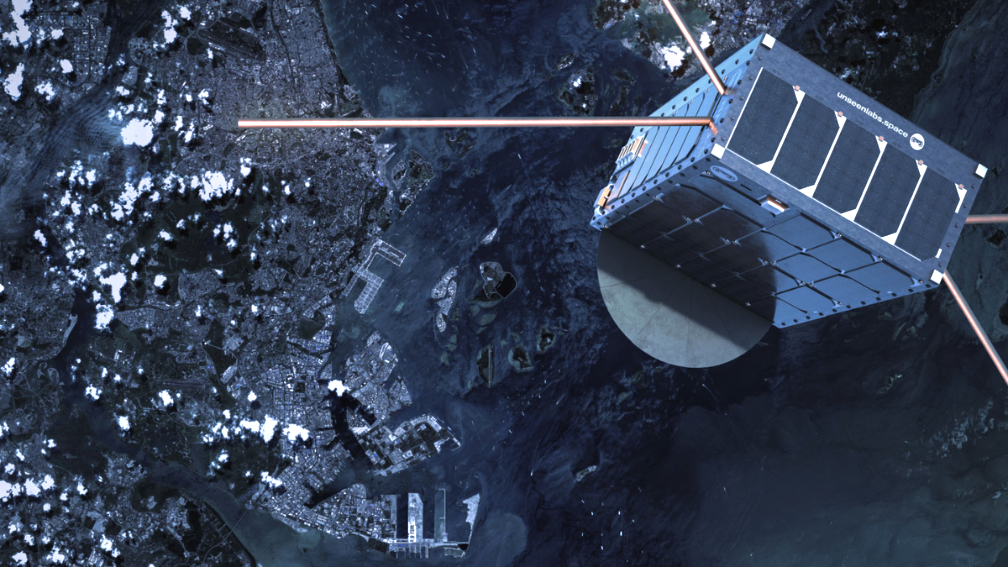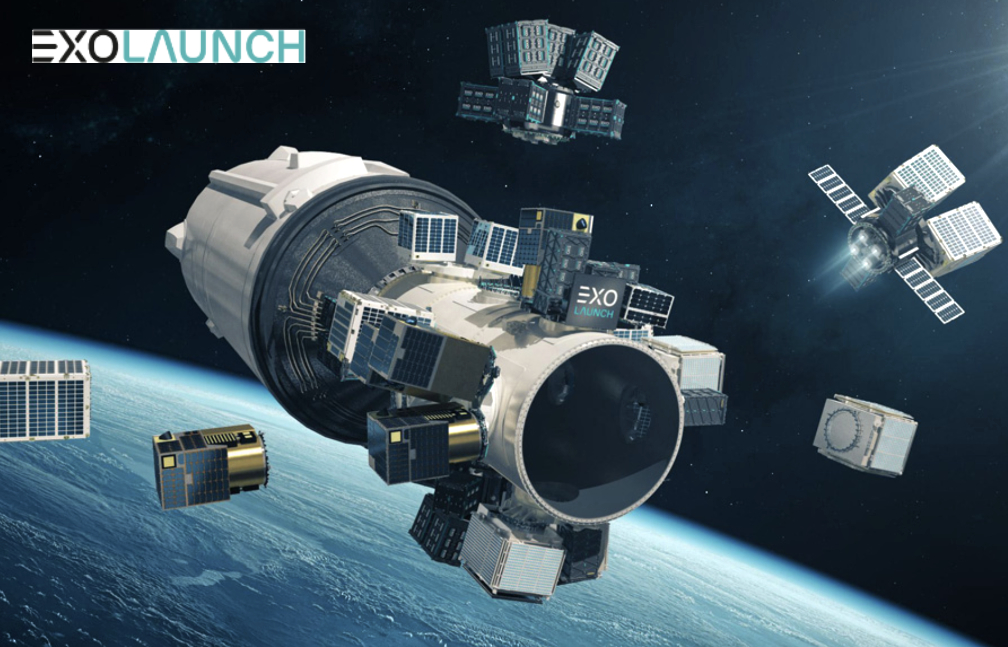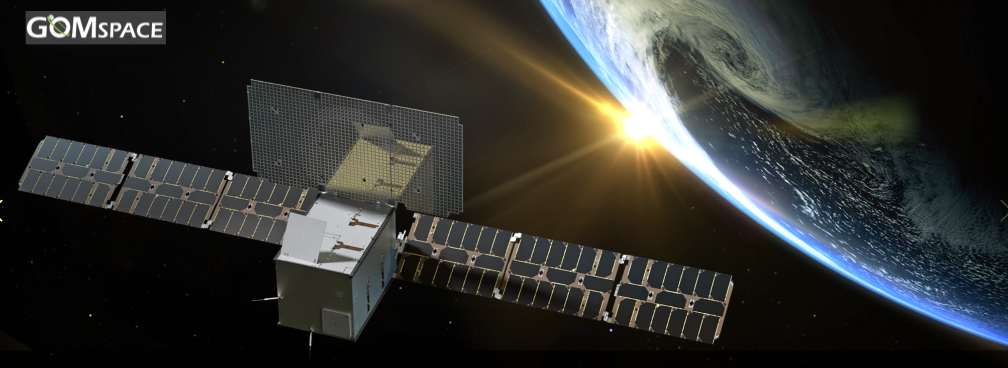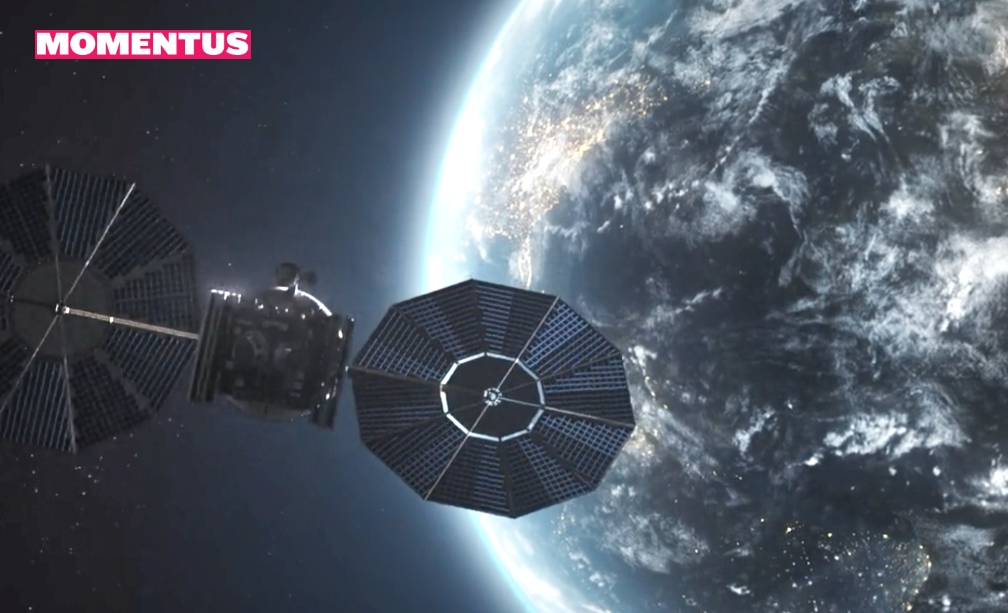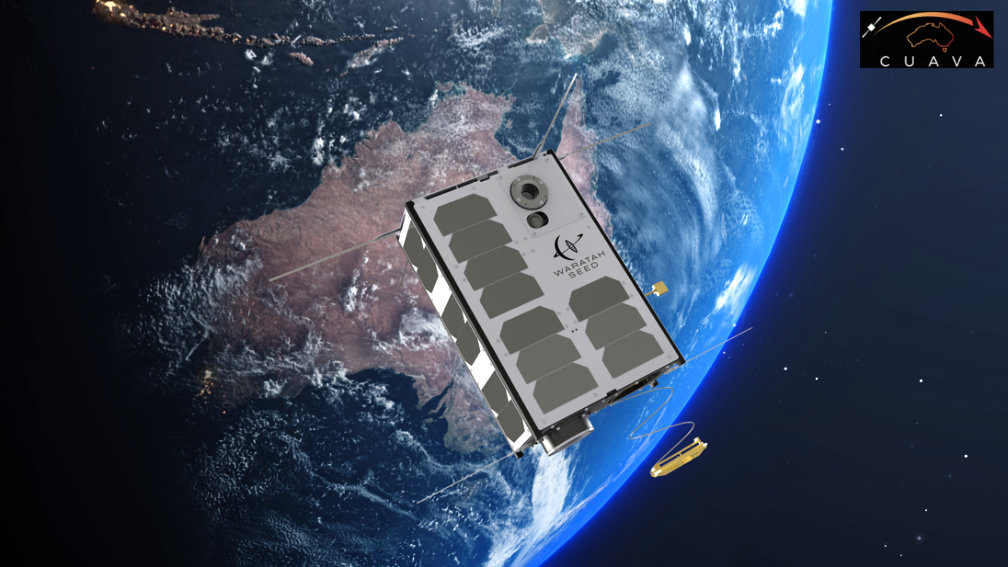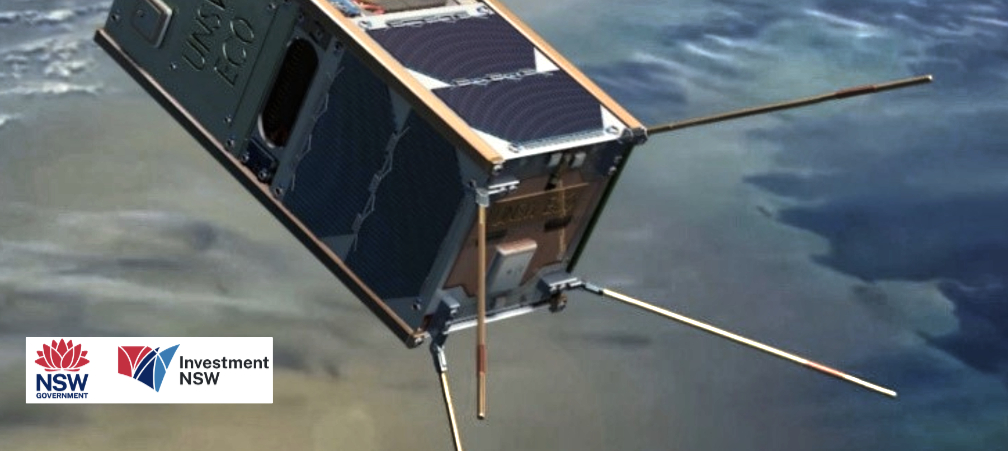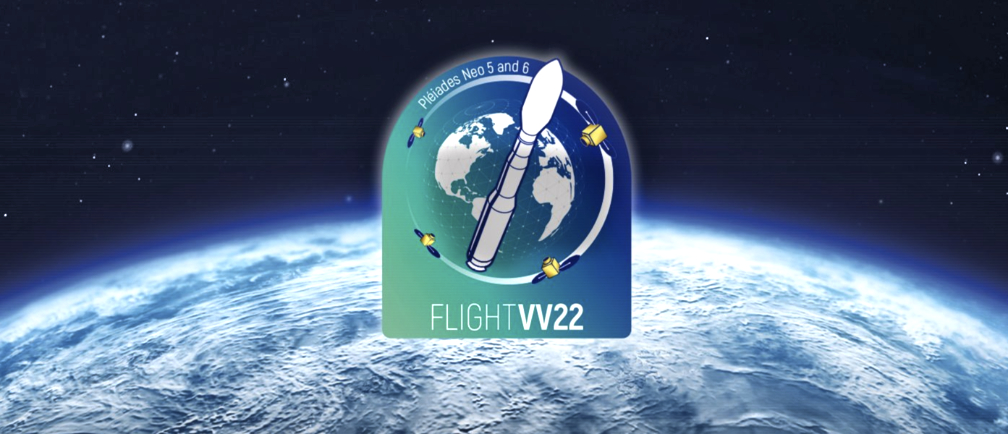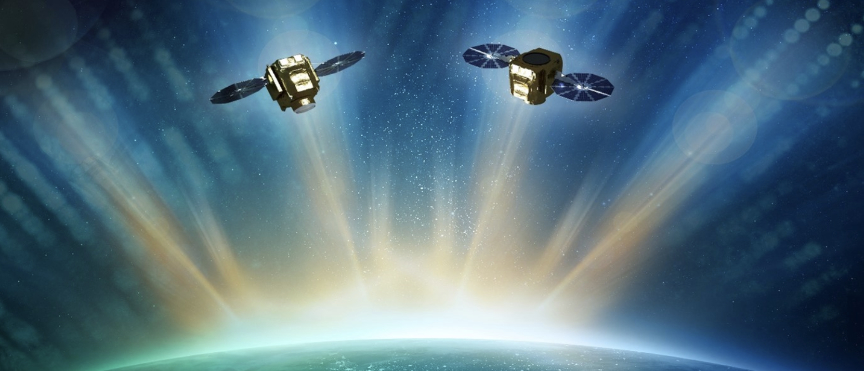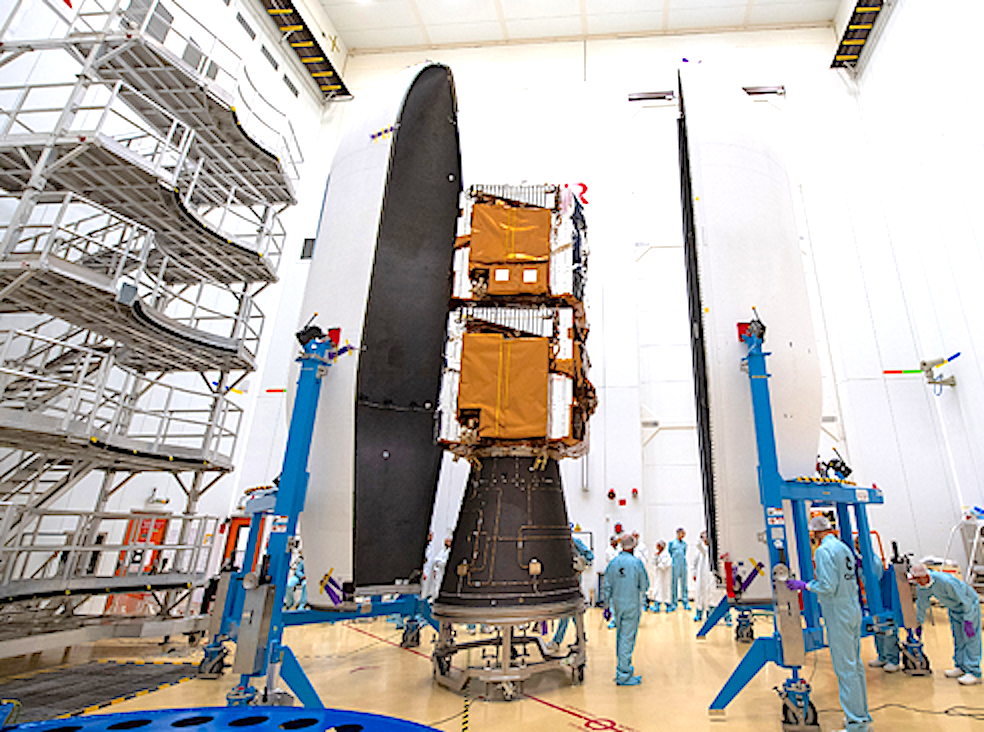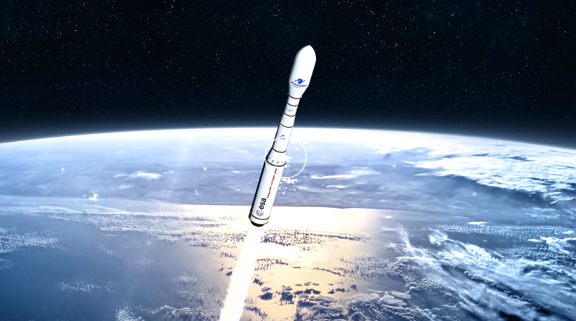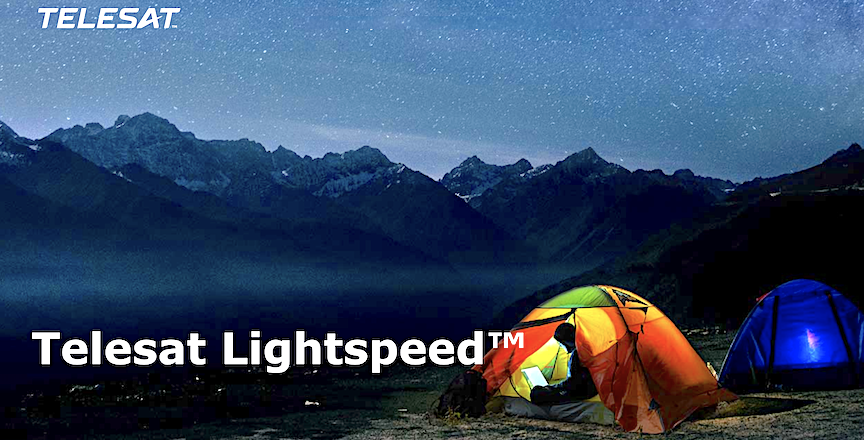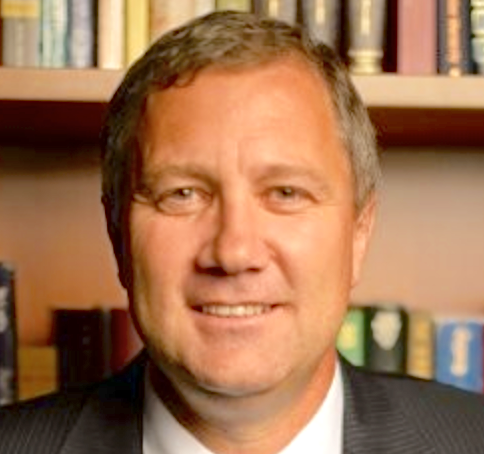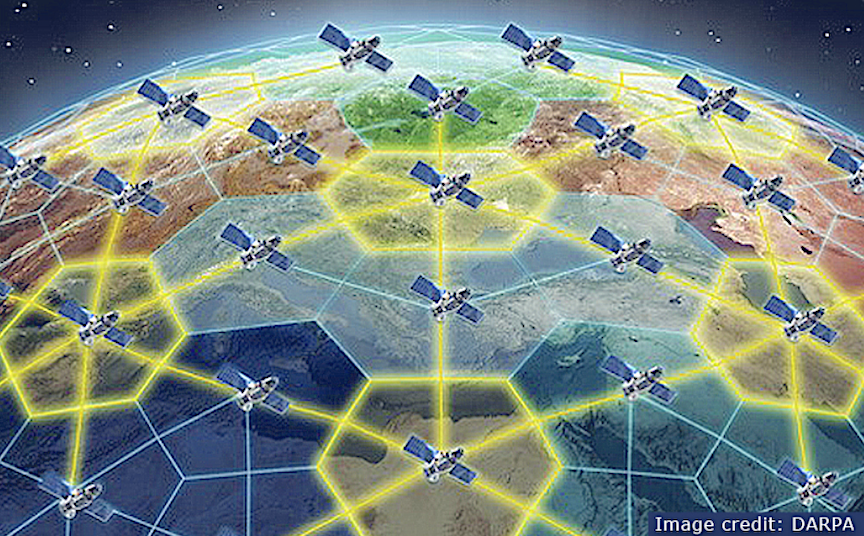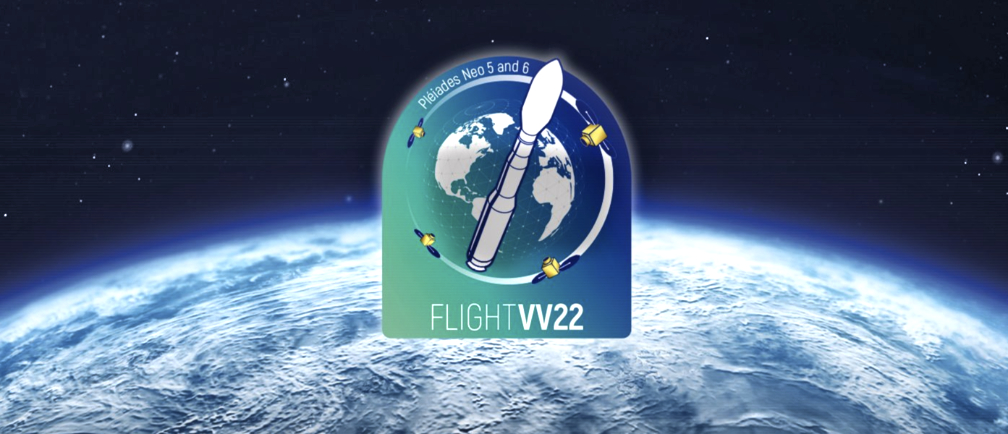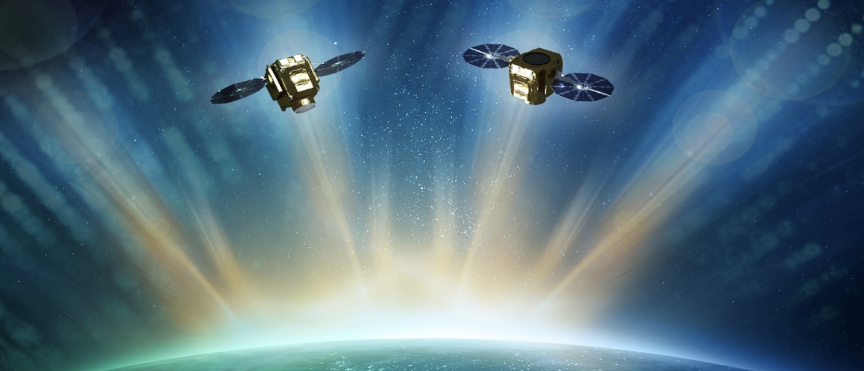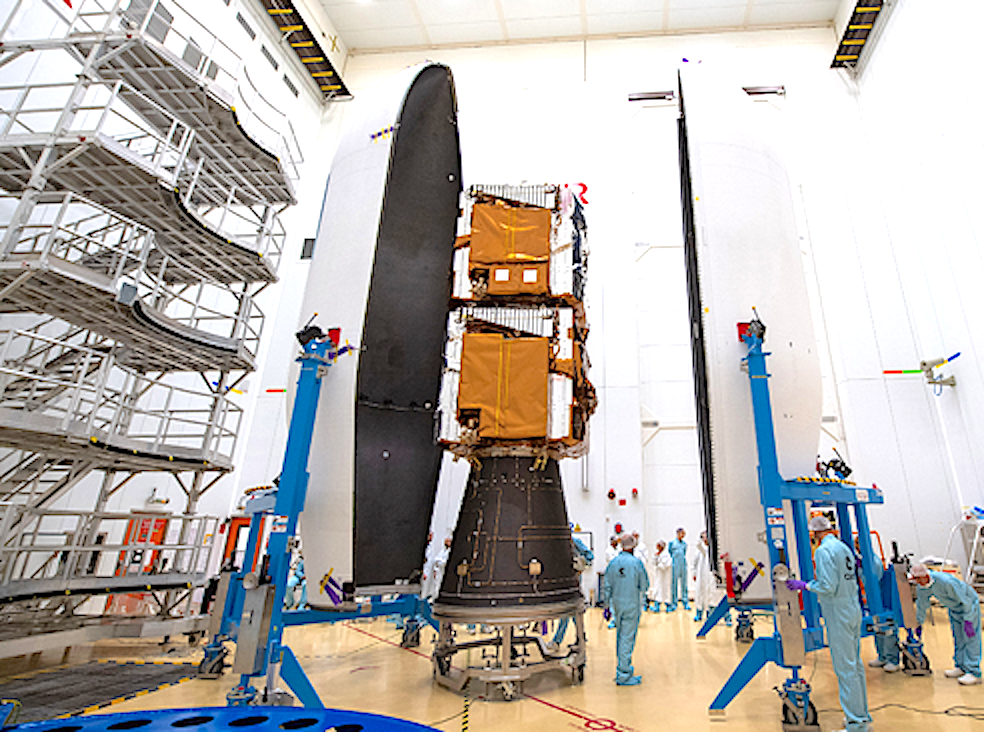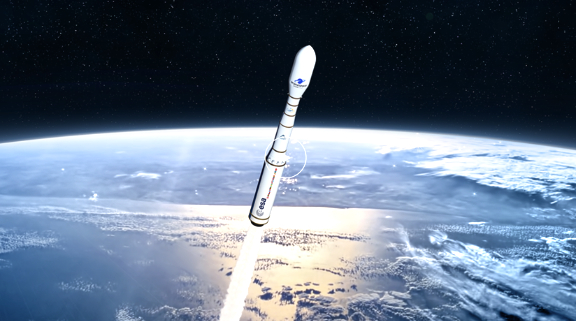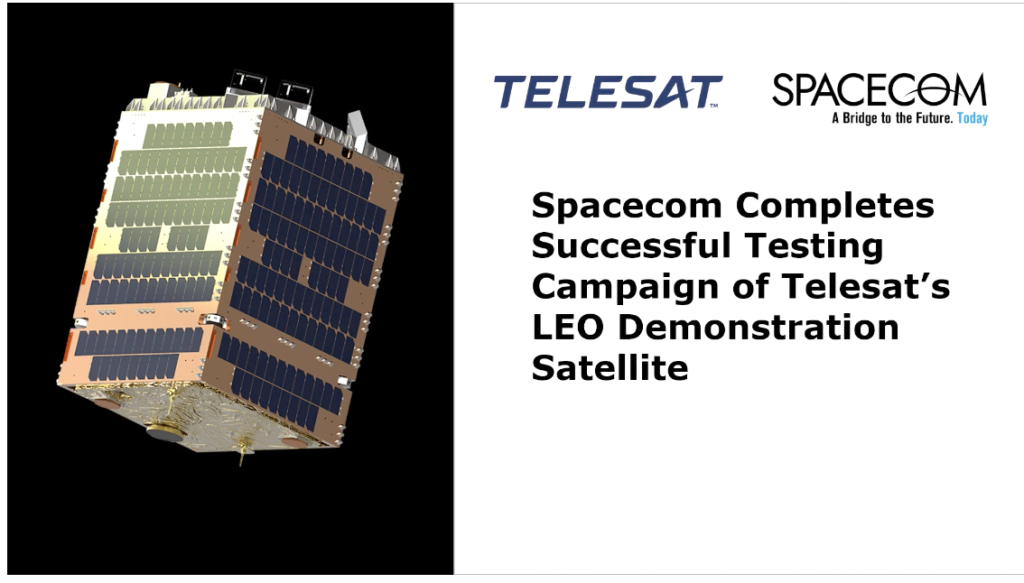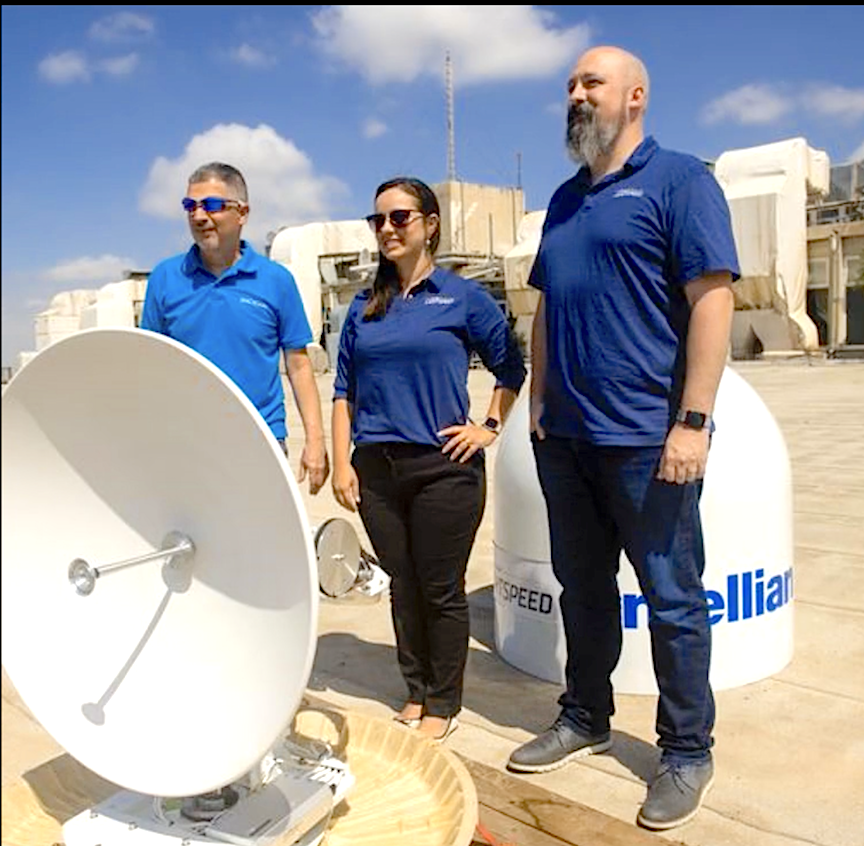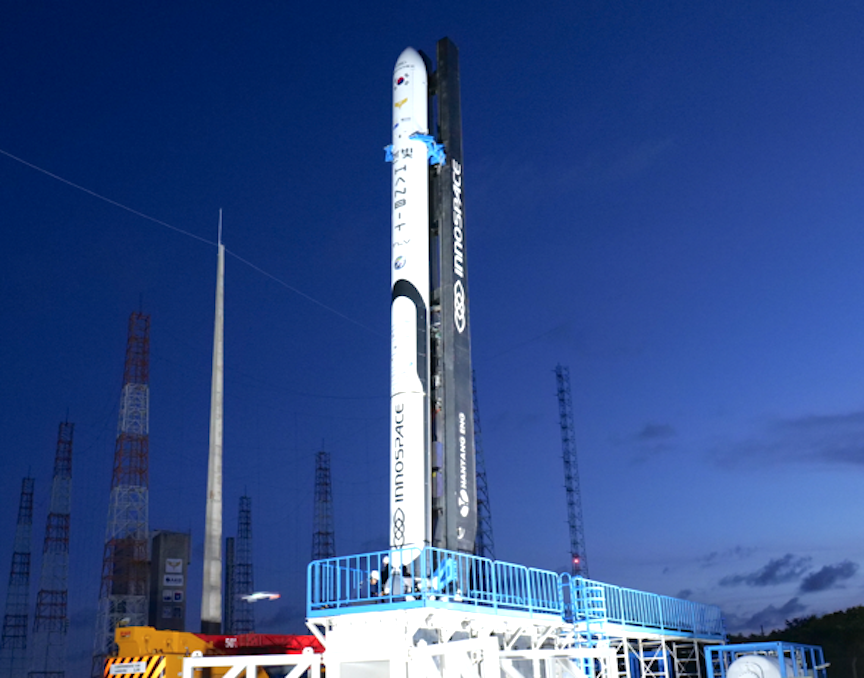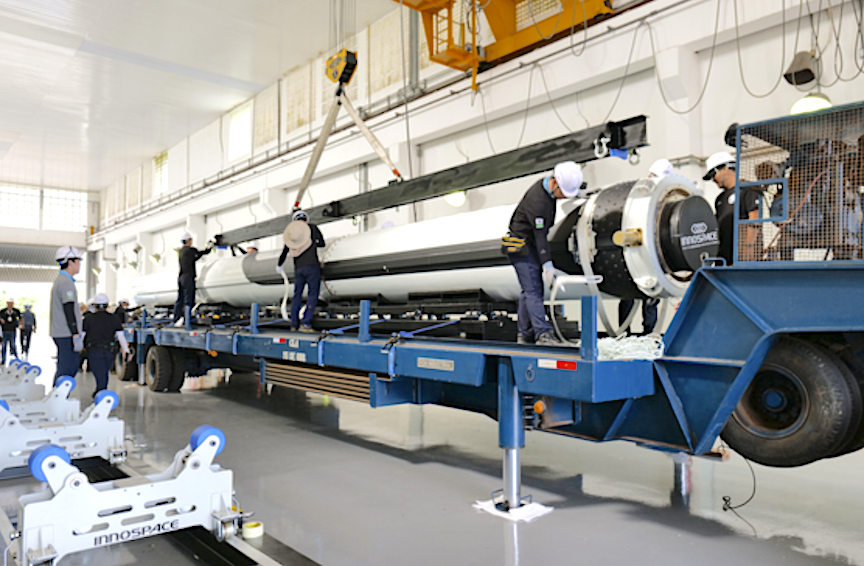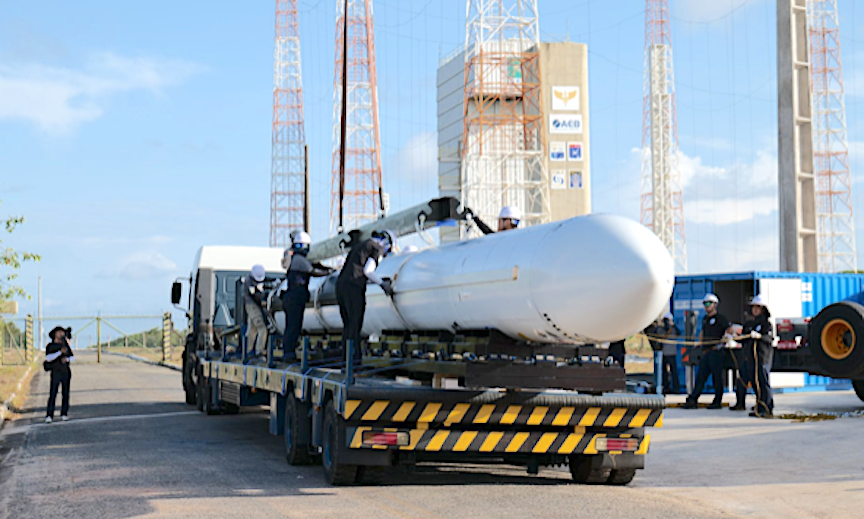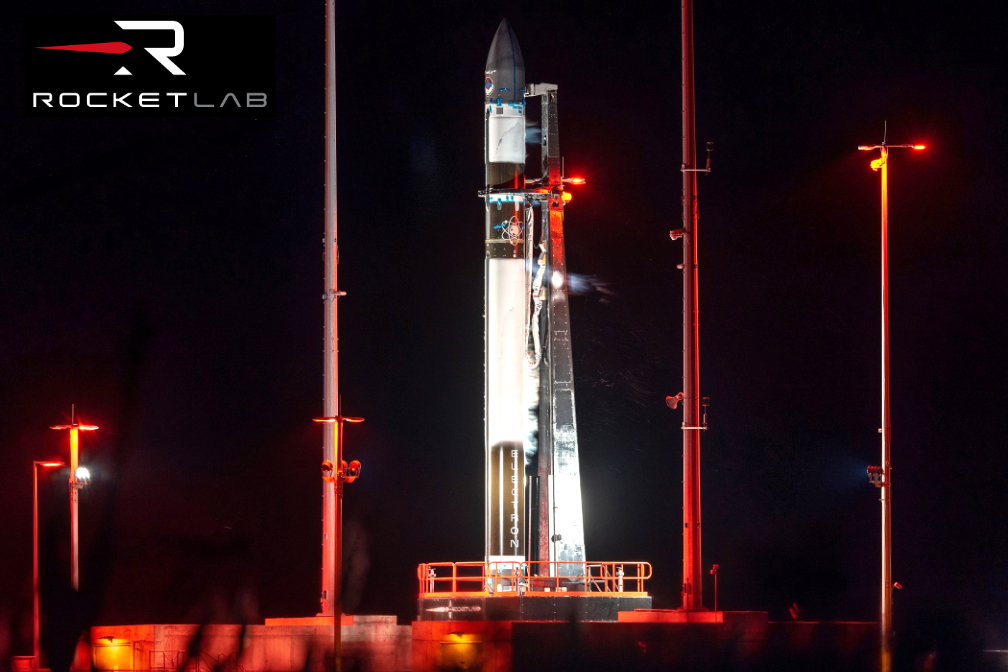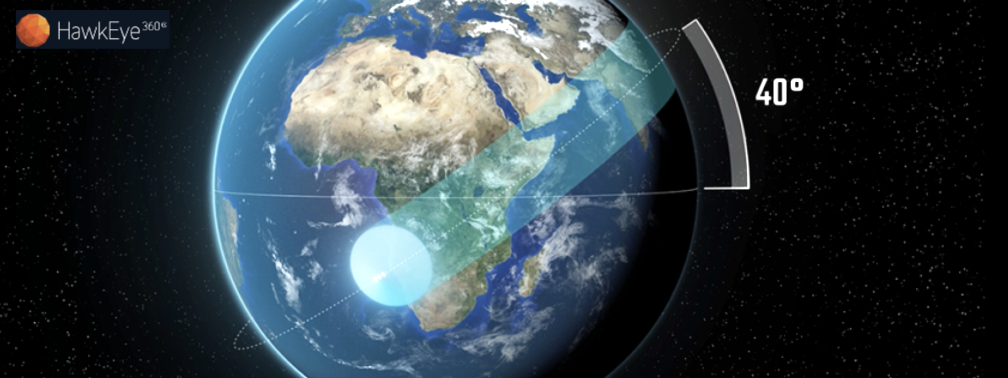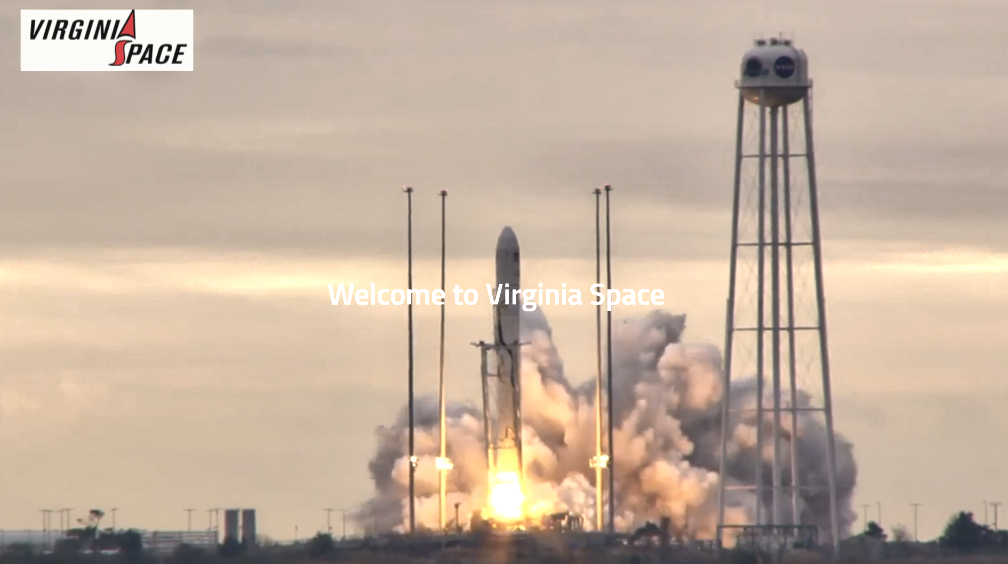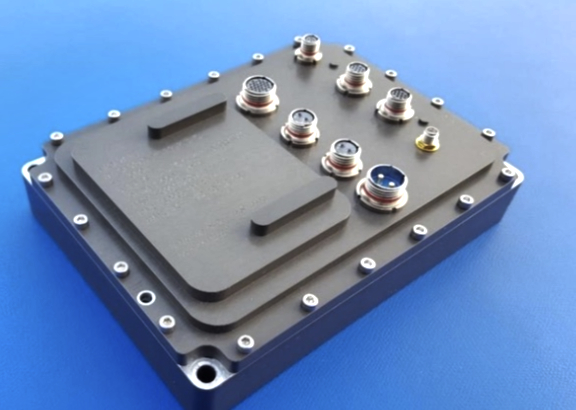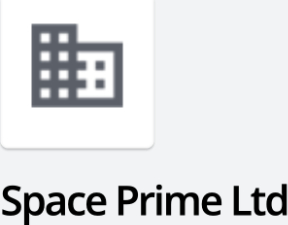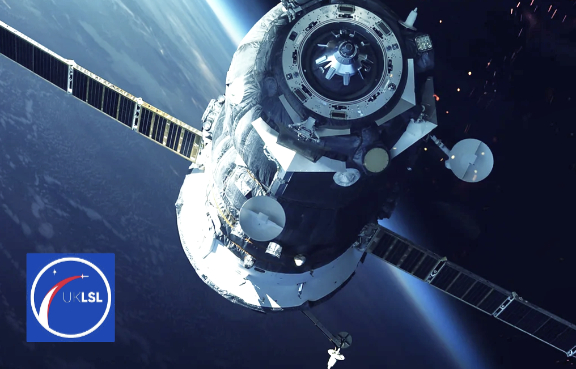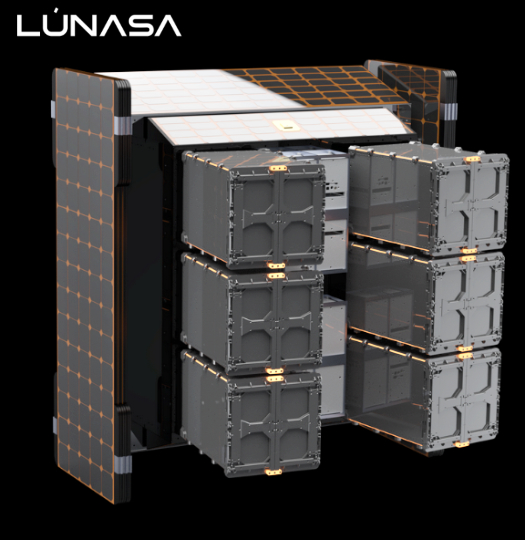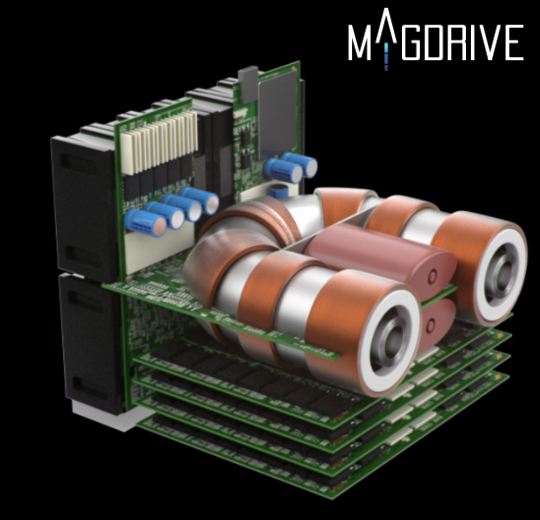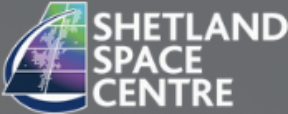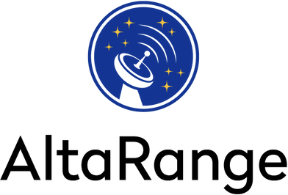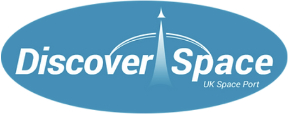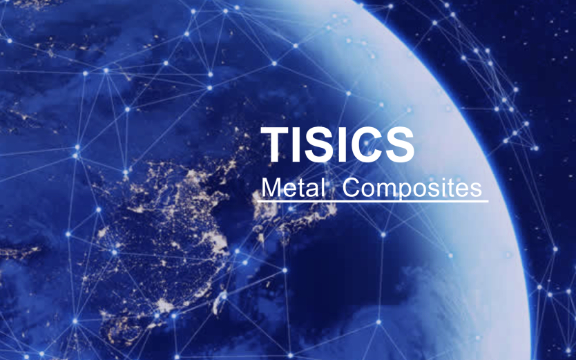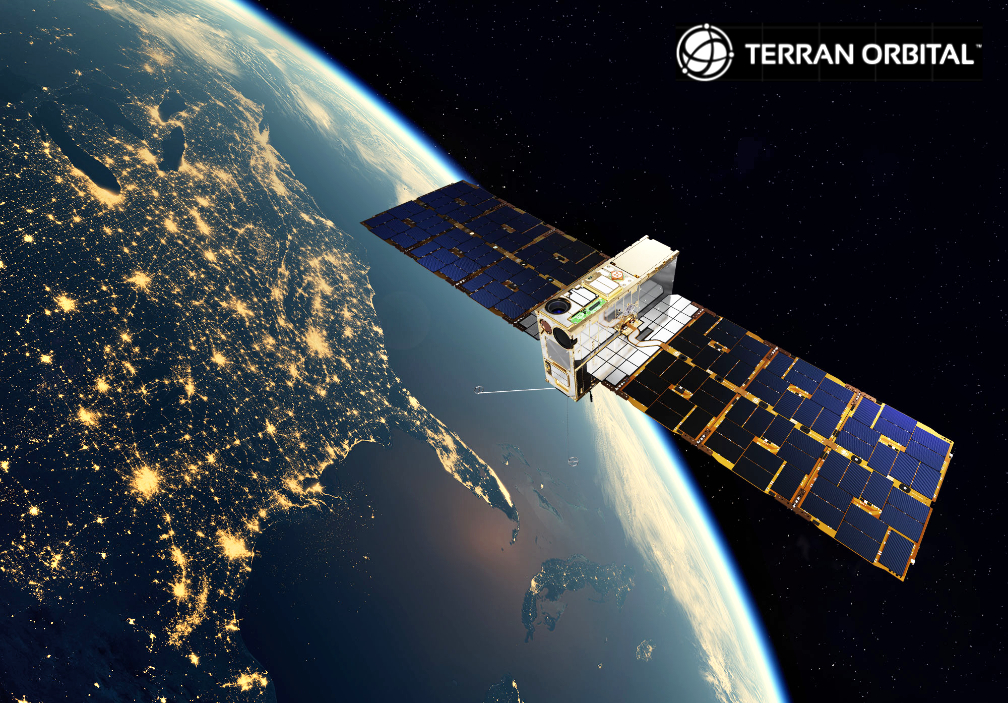
Terran Orbital Corporation (NYSE: LLAP) has delivered the final ten satellite buses to prime contractor Lockheed Martin in support of the Space Development Agency’s (SDA) Tranche 0 Transport Layer.
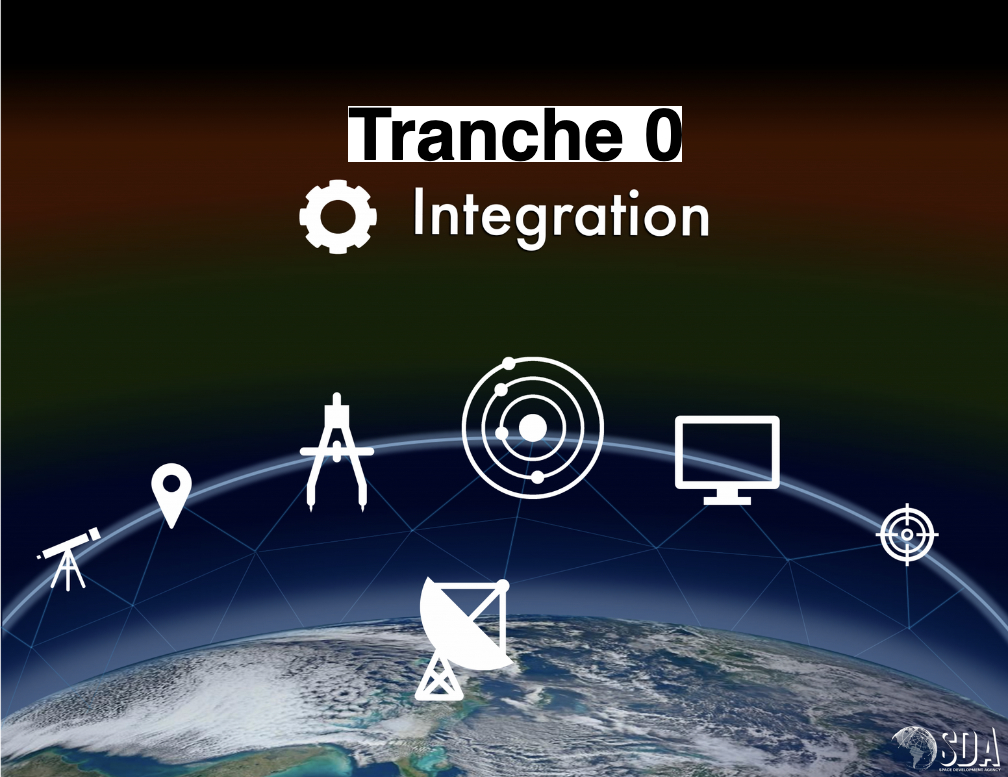
The delivery of the ten Tranche 0 buses demonstrates Terran Orbital’s ability to build modules and deliver vehicles at scale — marking the company’s shift from lower quantity, mission-unique satellites to robust production. Terran Orbital delivered the satellite buses at a rate greater than one per week over an approximately six-week period.
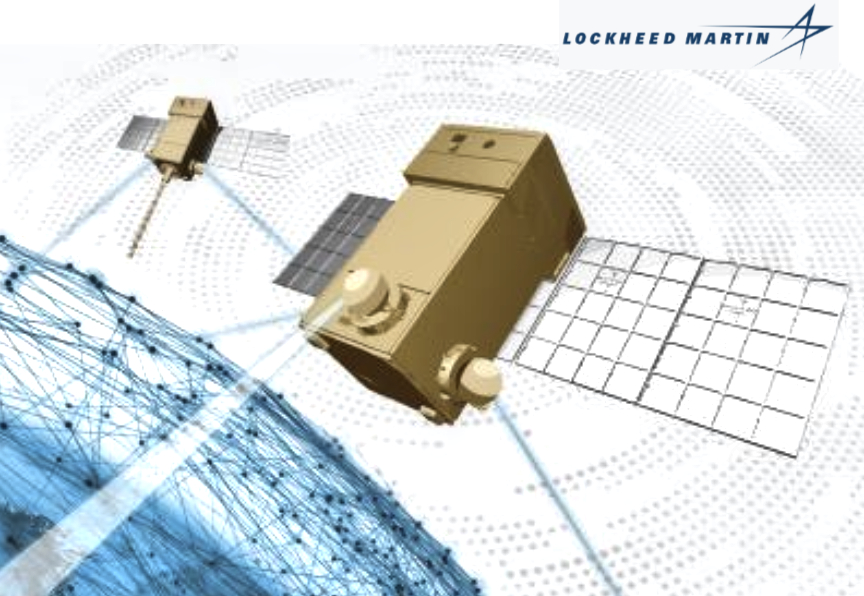
The Tranche 0 constellation, operating in LEO, will provide secure high-bandwidth, low-latency data links to enable the initial warfighting capability of the SDA’s National Defense Space Architecture (NDSA). This beyond-line-of-sight tracking, targeting, and communications will dramatically extend U.S. warfighting options and allow additional coalition and allied partners to eventually bring their capabilities into the network.
“The delivery of all ten Tranche 0 satellite buses marks a key milestone, and we are excited to continue effective teamwork as Terran Orbital will also design and build the buses for Lockheed Martin’s SDA Tranche 1 Transport Layer satellites,” said Terran Orbital Co-Founder, Chairman, and Chief Executive Officer, Marc Bell. “We are always thrilled to work with Lockheed Martin and look forward to delivering the Tranche 1 satellite buses.”
Terran Orbital is a leading manufacturer of satellite products primarily serving the aerospace and defense industries. Terran Orbital provides end-to-end satellite solutions by combining satellite design, production, launch planning, mission operations, and on-orbit support to meet the needs of the most demanding military, civil, and commercial customers. Learn more at www.terranorbital.com.

